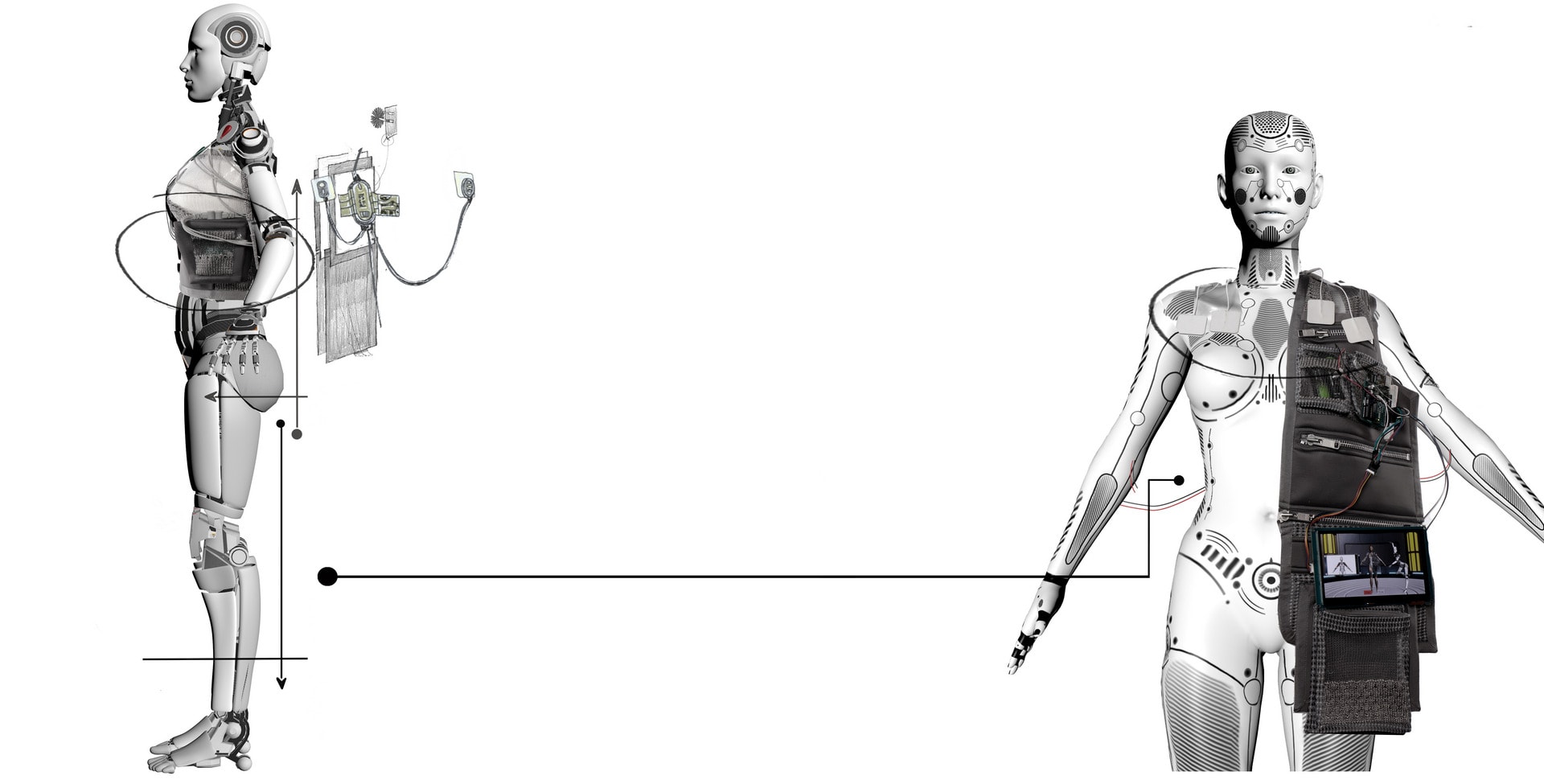Zhan Qu is an interdisciplinary designer who focuses on combining the aesthetic, materials and programmable properties (interactive algorithm) of smart textiles for wearables that support inclusivity. She seeks to expand the dimensions of movement and explore the effect on body sensations and develop user-friendly wearable electronic textiles for performance, well-being and health-care applications.
Zhan aims to expand access to dance, especially for the disabled, through her work on embedded actuation whilst adopting new technologies to broaden people’s sensations. She also wishes to redesign bodies and break down barriers through the use of technology in intelligent textile design. Specifically, she wishes to open access to dance to the disabled. Her ideas are ground-breaking, challenging as they do society’s prejudices and norms.
2020 Bronze award of Yinger International Fashion Design Prize in China.






